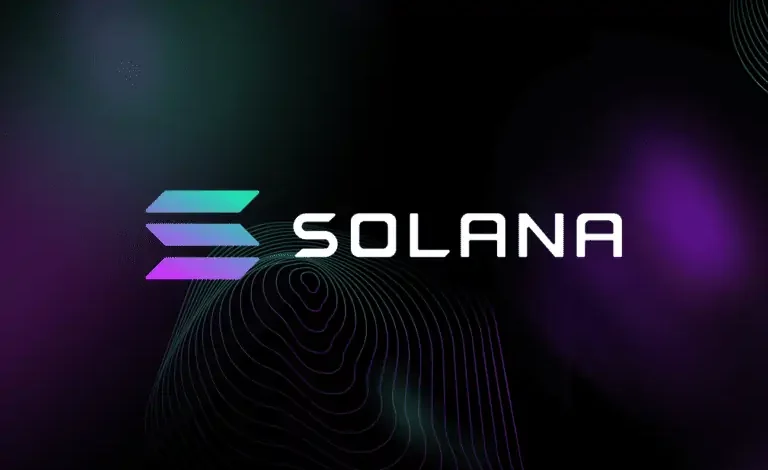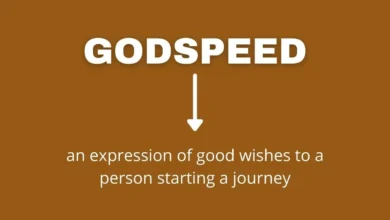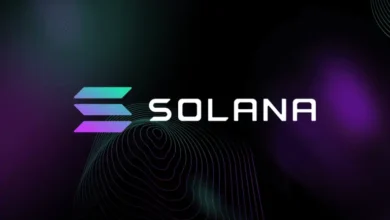Understanding Solana Crypto: A Comprehensive Guide

Cryptocurrency has taken the world by storm, and Solana crypto is one of the hottest names in the game. With a growing user base and an innovative approach, Solana is quickly becoming a favorite for investors and developers alike. But what exactly is Solana, and how does it differ from other cryptocurrencies like Bitcoin or Ethereum? This article dives deep into everything you need to know about Solana crypto—from how it works to its potential for the future.
What Is Solana Crypto?
Solana is a decentralized blockchain platform designed to enable scalable, user-friendly apps. Unlike older blockchains like Bitcoin and Ethereum, which face scalability issues, Solana crypto offers a high-speed, low-cost network. In fact, it boasts one of the fastest transaction processing speeds in the crypto world. With its unique consensus mechanism called Proof of History (PoH), Solana can handle thousands of transactions per second (TPS), making it an attractive option for both developers and users.
Why Is Solana Crypto Important?
Solana’s high speed and low transaction costs set it apart in a crowded market of cryptocurrencies. Many projects built on older blockchains face challenges when scaling to accommodate millions of users. Solana crypto solves this issue by providing the infrastructure for decentralized applications (dApps) that need to process large amounts of data quickly and efficiently. This has made Solana a go-to platform for new innovations in decentralized finance (DeFi), NFTs, and other digital assets.
Key Features of Solana Crypto:
- Scalability: Can handle up to 65,000 TPS.
- Low Fees: Transactions cost a fraction of a cent.
- Decentralization: No single point of control.
- Eco-Friendly: More energy-efficient than Bitcoin or Ethereum.
How Does Solana Crypto Work?
Understanding the technology behind Solana crypto helps us appreciate why it’s gaining so much traction. Solana uses a combination of Proof of History (PoH) and Proof of Stake (PoS) to verify transactions. The PoH system is what really makes Solana stand out. In simple terms, it timestamps each transaction before they are confirmed on the blockchain, which speeds up the verification process.
Proof of History (PoH)
PoH is a cryptographic technique that creates a historical record proving that an event has occurred at a specific time. In Solana crypto, this technology eliminates the need for all nodes on the network to agree on the timing of events, which allows for much faster processing times.
Proof of Stake (PoS)
Alongside PoH, Solana uses a PoS consensus mechanism where validators stake tokens to participate in the network. Validators are selected based on the number of tokens they hold and are responsible for processing transactions and securing the network.
What Makes Solana Different From Ethereum?
While Ethereum is known for its smart contracts and large developer community, Solana crypto offers key advantages in terms of speed and cost. Ethereum 1.0 can process around 30 transactions per second, whereas Solana can handle thousands. Additionally, Ethereum transactions often involve high fees, especially during peak usage times. Solana’s fees, on the other hand, are consistently low.
Comparing Solana and Ethereum:
| Feature | Solana Crypto | Ethereum |
|---|---|---|
| Transaction Speed | 65,000 TPS | 30 TPS |
| Consensus Mechanism | Proof of History + Proof of Stake | Proof of Stake (ETH 2.0) |
| Transaction Fees | Less than $0.01 per transaction | Can reach $100+ during peaks |
| Smart Contracts | Supported | Supported |
| Developer Ecosystem | Growing rapidly | Established |
Use Cases of Solana Crypto
Solana crypto isn’t just a fast blockchain—it’s also highly versatile. Developers are flocking to it to build decentralized applications, and the possibilities seem endless. From decentralized finance (DeFi) platforms to NFT marketplaces, Solana is powering some of the most innovative projects in the crypto space.
Popular Use Cases:
- DeFi Platforms: Fast transactions and low fees make Solana ideal for decentralized finance.
- NFTs: Non-fungible tokens are flourishing on Solana’s network because of its speed and efficiency.
- Web3 Apps: Solana’s high performance allows for the development of next-gen decentralized apps.
Why Are Developers Choosing Solana Crypto?
Developers are key players in the success of any blockchain, and Solana crypto is rapidly becoming their platform of choice. The reason? Solana’s scalable infrastructure allows them to build applications that are both fast and affordable, which is crucial in the rapidly evolving crypto space. The platform offers a friendly development environment, with extensive documentation and a growing community of innovators.
Advantages for Developers:
- Speed: Applications can scale easily without compromising on performance.
- Low Costs: Building and running apps on Solana is cost-effective.
- Support: A vibrant community of developers and plenty of resources.
How to Invest in Solana Crypto
Investing in Solana crypto is similar to investing in other cryptocurrencies. You’ll need a cryptocurrency wallet and access to a crypto exchange that supports Solana tokens (SOL). Popular exchanges like Coinbase, Binance, and Kraken allow you to purchase SOL using fiat currency or other cryptocurrencies like Bitcoin and Ethereum.
Steps to Buy Solana Crypto:
- Choose a Wallet: First, you’ll need a crypto wallet to store your SOL tokens.
- Sign Up on an Exchange: Create an account on a crypto exchange like Coinbase or Binance.
- Deposit Funds: Add funds to your exchange account using your bank or another cryptocurrency.
- Buy SOL: Use your deposited funds to buy Solana tokens (SOL).
- Transfer to Wallet: For extra security, transfer your SOL to your crypto wallet.
Risks of Investing in Solana Crypto
While Solana crypto is a promising investment, like any cryptocurrency, it comes with risks. Cryptocurrency markets are notoriously volatile, and prices can swing dramatically in a short period. Additionally, while Solana’s technology is impressive, it’s still relatively new, and there may be unforeseen challenges as the platform grows.
Key Risks:
- Market Volatility: Prices can fluctuate significantly.
- Technical Challenges: As Solana scales, it may face unforeseen issues.
- Regulatory Risks: Governments worldwide are still figuring out how to regulate cryptocurrencies.
The Future of Solana Crypto
The future looks bright for Solana crypto, as its ecosystem continues to grow at an incredible pace. With partnerships in the world of NFTs, DeFi, and Web3, Solana is positioning itself as a leader in the next generation of blockchain technology. Its speed and low costs make it an attractive option for developers and investors alike. As more projects launch on Solana’s network, the demand for its token (SOL) is likely to rise.
What to Expect in the Future:
- Increased Adoption: More developers are expected to build on Solana, leading to increased usage.
- Price Growth: As demand for the SOL token increases, its price may rise.
- New Innovations: Solana’s unique technology may inspire further innovations in blockchain.
Conclusion
Solana crypto is more than just a fast blockchain—it’s a game changer in the world of decentralized applications and digital assets. With its unique Proof of History consensus mechanism, Solana offers scalability, speed, and low costs, making it an attractive option for both developers and investors. As the crypto space continues to evolve, Solana is positioned to be at the forefront of innovation, providing the infrastructure for the next wave of decentralized apps.
Whether you’re a developer looking for a platform to build your next project or an investor searching for the next big thing in crypto, Solana crypto is definitely worth considering. Its future looks bright, and its potential seems limitless.





